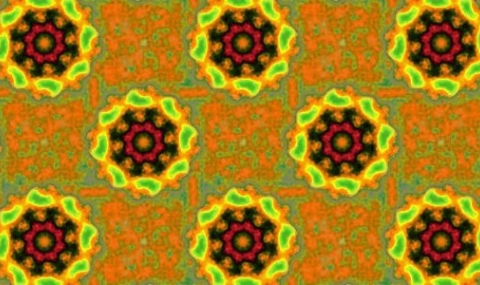For a summary of our work in cryo-STEM and cryo-STEM tomography, please see this review from September 2021:
Elbaum M., Seifer S., Houben L., Wolf S. G. & Rez P. (2021) Toward Compositional Contrast by Cryo-STEM. Accounts of Chemical Research. https://doi.org/10.1021/acs.accounts.1c00279
Inorganic deposits in cells
Organic matter contains primarily the light elements hydrogen, carbon, nitrogen, and oxygen, yet heavier elements such as phosphorus, sulfur, calcium, iron, and zinc play crucial roles. Because of the high sensitivity of electron scattering to atomic number, these heavier elements can contribute to image contrast in STEM beyond their very low concentration. A great advantage of STEM is its relative immunity to chromatic aberration, which in TEM restricts the practical specimen thickness to a few hundred nanometers.
Polyphosphate bodies in soil bacteria are identified by energy dispersive X-ray spectroscopy (EDS). The concentration of phosphorus can be estimated by comparing the intensities of electron scattering to different angular ranges.
Wolf, Rez, and Elbaum (2015) Phosphorus Detection in Vitrified Bacteria by Cryo-STEM Annular Dark-Field Analysis. Journal of Microscopy. http://onlinelibrary.wiley.com/doi/10.1111/jmi.12289/abstract
Calcium phosphate is similarly detected in the mitochondria of cultured fibroblast cells using EDS. The absence of Bragg diffraction indicates an amorphous structure. Comparison of the scattered intensity with that from water and from ribosomes provides an estimate of the density of the amorphous granules.
Wolf et al. (2017) 3D Visualization of Mitochondrial Solid-Phase Calcium Stores in Whole Cells. eLife. https://elifesciences.org/articles/29929
Metalloprotein
The high sensitivity of ADF STEM to atomic number was exploited in order to detect metal ions localized at the ferroxidase sites of human heavy-chain ferritin. Whereas Zn showed a puntate distribution localized consistently with independent data from X-ray crystallography, Fe appeared along an arc reaching from the ferroxidase to the mineral nucleation site on the protein interior.

Elad et al. (2017) Detection of Isolated Protein-Bound Metal Ions by Single-Particle Cryo-STEM. PNAS. http://www.pnas.org/content/114/42/11139



